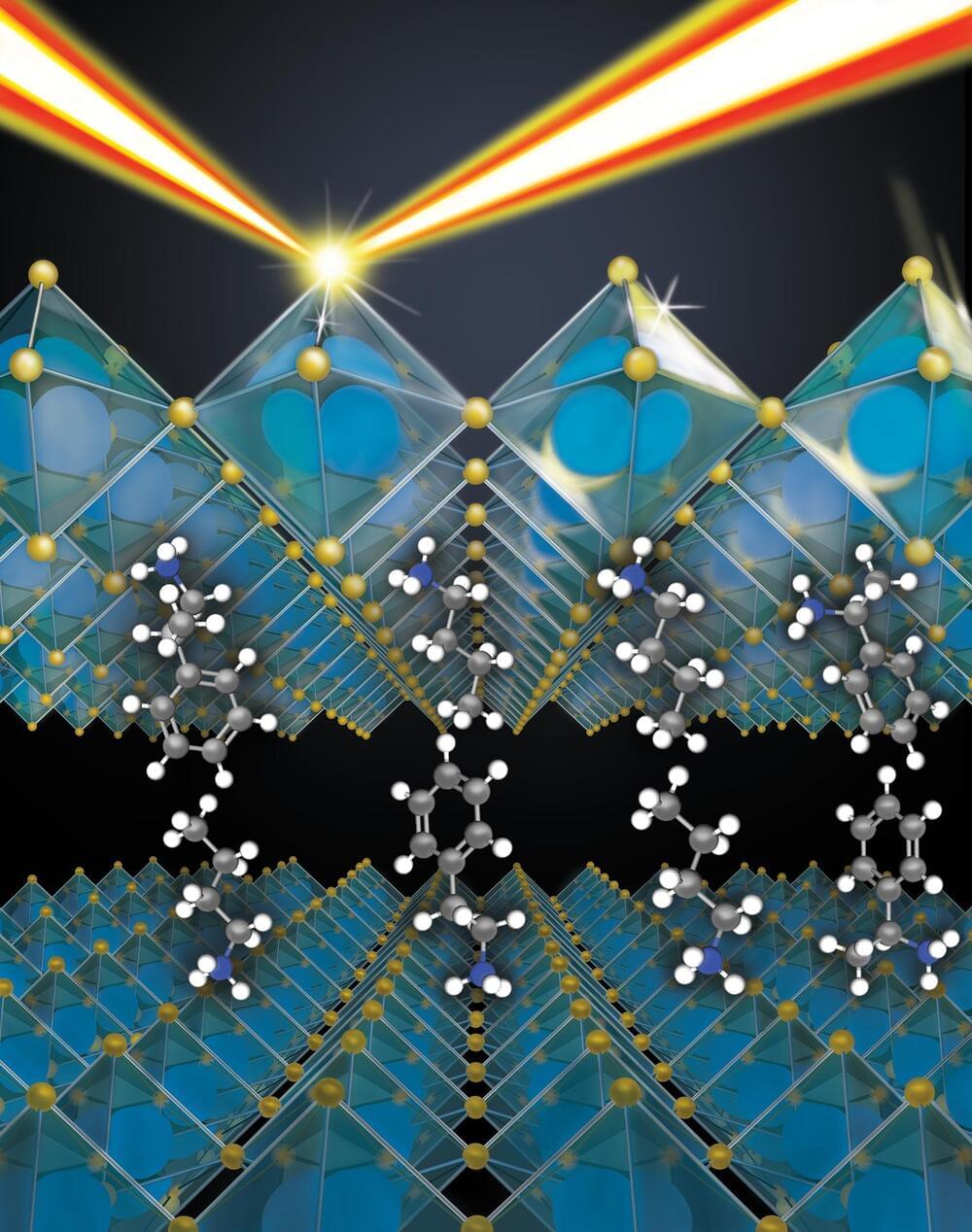May 30, 2024
How Scientists Engineered the Unthinkable With New Hybrid Materials
Posted by Saúl Morales Rodriguéz in categories: engineering, materials
New materials engineered to be both stiff and heat-insulating could revolutionize thermal insulation applications in electronics.
Scientists have successfully engineered materials that are both rigid and effective at insulating against heat. This extremely rare combination of attributes offers significant potential for various applications, including the creation of new thermal insulation coatings for electronic devices.
“Materials that have a high elastic modulus tend to also be highly thermally conductive, and vice versa,” says Jun Liu, co-corresponding author of a paper on the work and an associate professor of mechanical and aerospace engineering at North Carolina State University. “In other words, if a material is stiff, it does a good job of conducting heat. And if a material is not stiff, then it is usually good at insulating against heat.


















